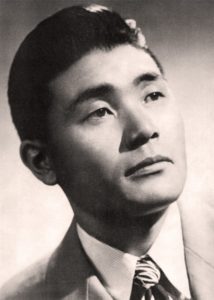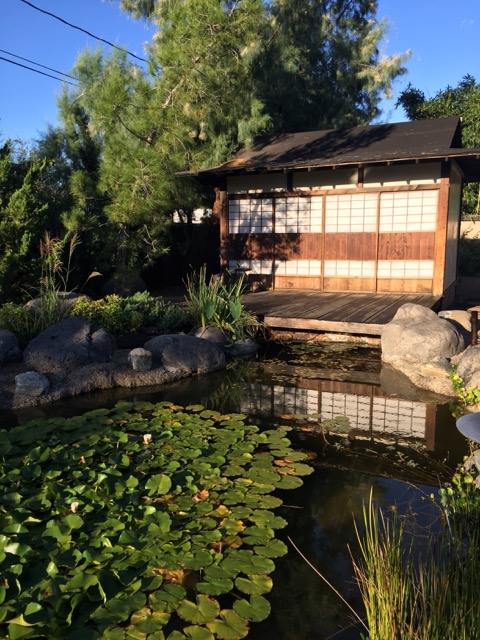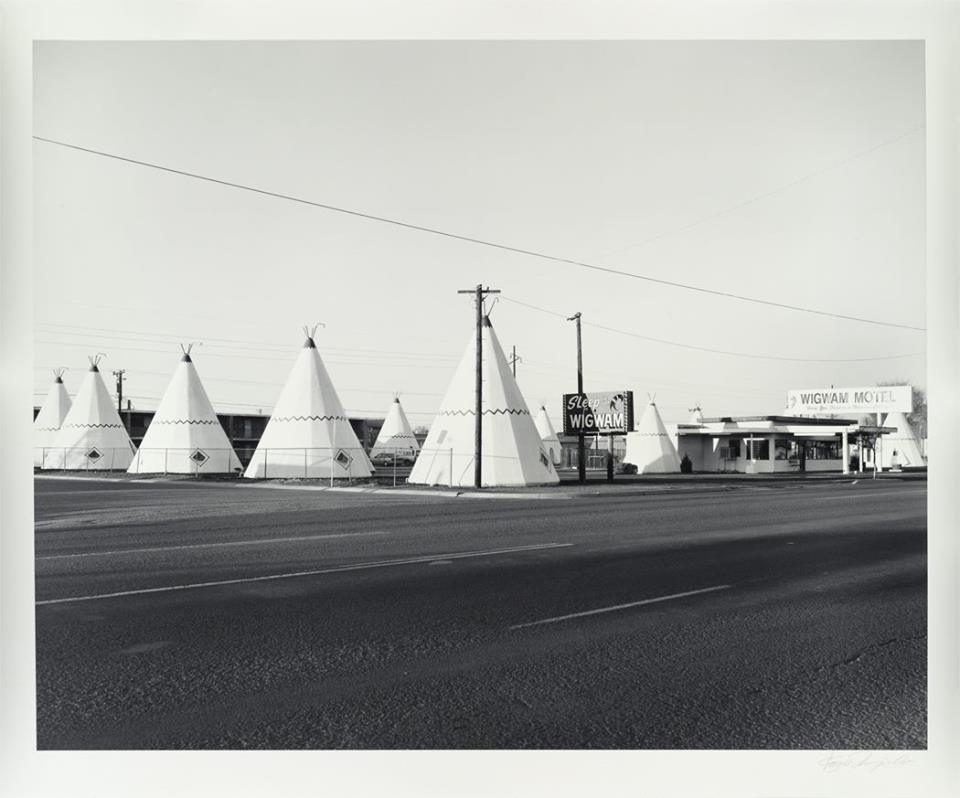The Tucson Historic Preservation Foundation has researched and published an online article about Japanese American Taro Akutagawa, who designed several buildings and gardens in Tucson, Arizona, including the Catalina Foothills Apartments.
Link (with photos) to the article here: http://preservetucson.org/stories/taro-akutagawa-1917-2002/. This article will be in the 2017 Tucson Modernism Week guide (pages 22 to 27) and a small garden designed by him will be on a tour (tba) .
Excerpt from the article:
“The Japanese-American landscape designer Taro Akutagawa (1917 – 2002) was born in Los Angeles California. Educated in Japan, he returned to California shortly before the beginning of World War to join his family’s successful small farming business. His career was cut short on February 19, 1942 when President Franklin Roosevelt signed executive order 9066 which forced all Americans of Japanese ancestry, regardless of loyalty or citizenship, to leave their lives on the West Coast and enter internment camps. Owing to his Japanese education Akutagawa was one of the first in his community to be detained and interned, and one of the last to be released.
In spite of the fact that his internment was a flagrant violation of his civil liberties, Akutagawa came to believe that the time he spent in the desert internment camp of Poston, Arizona, advanced his education in life and helped him to develop his leadership skills.” (Read more in the article)
More info on the October 7 to 15, 2017 Tucson Modernism Week: www.tucsonmodernismweek.com.




